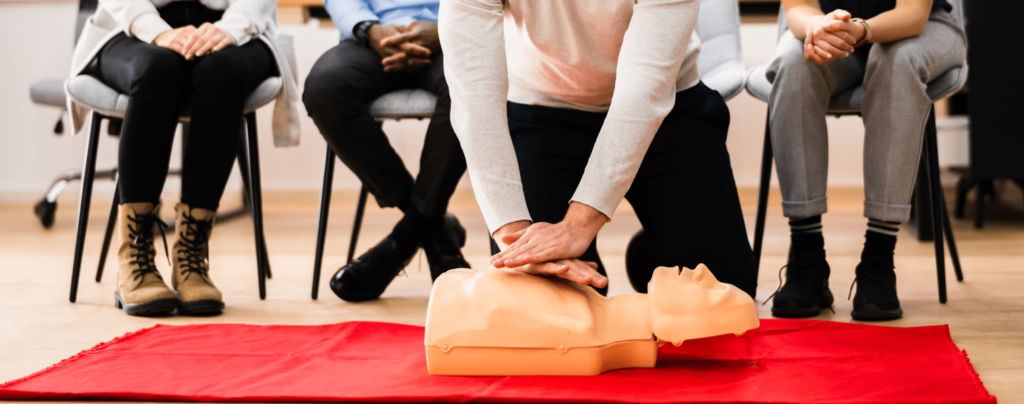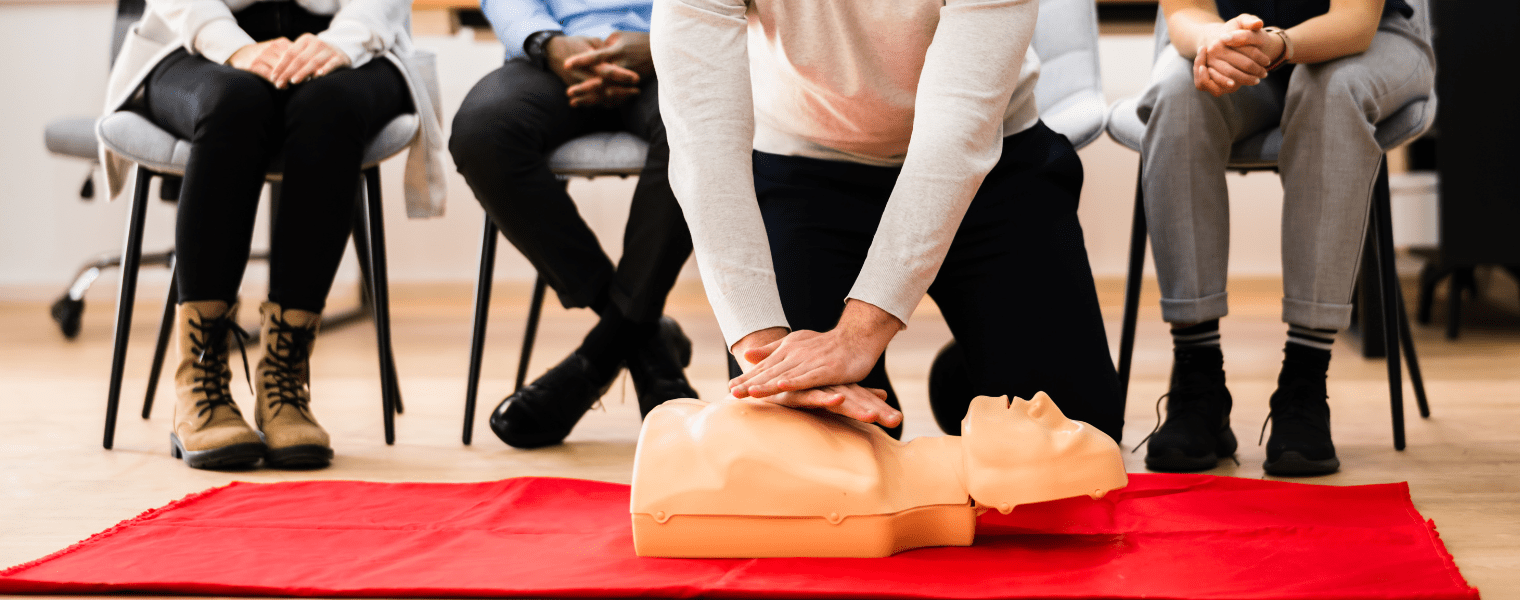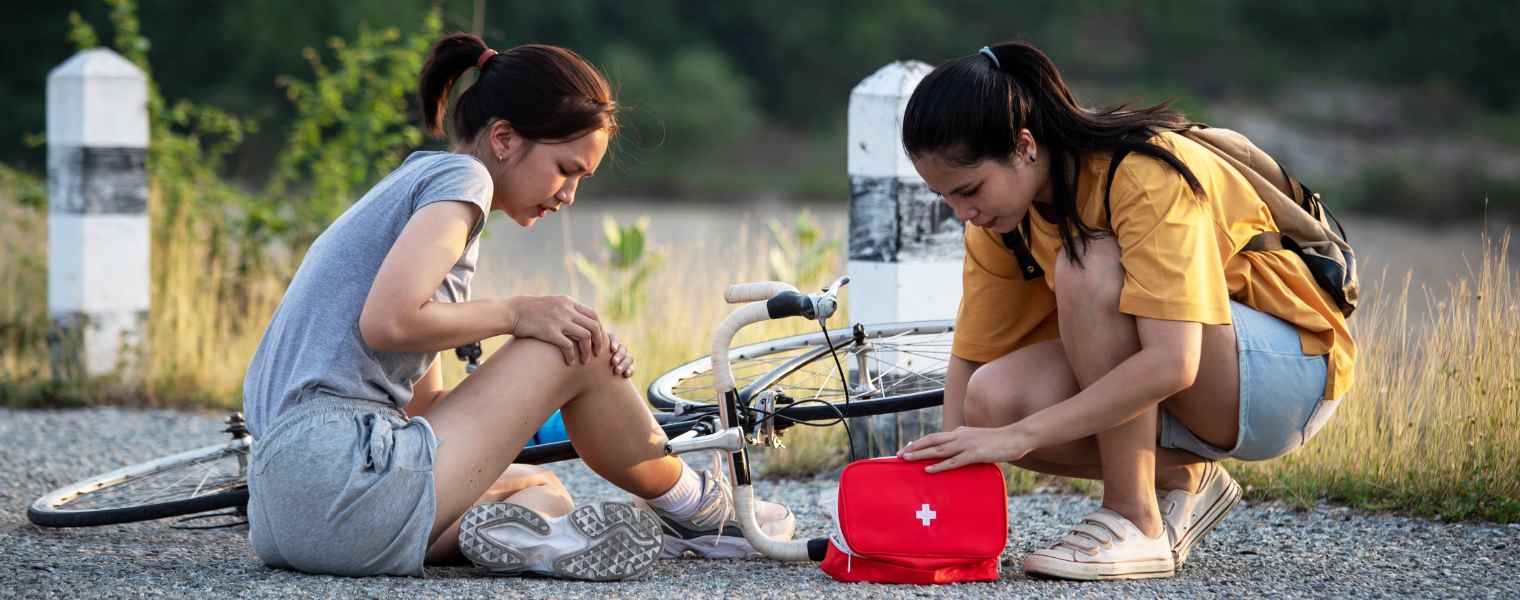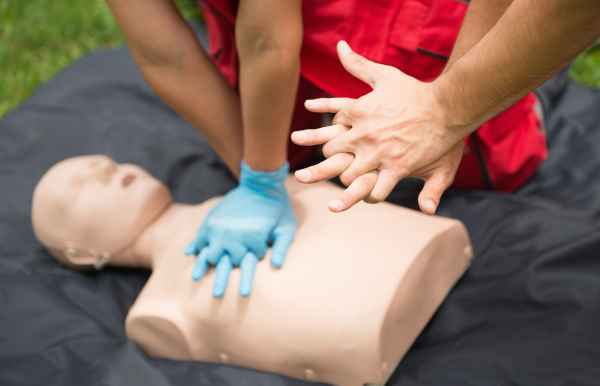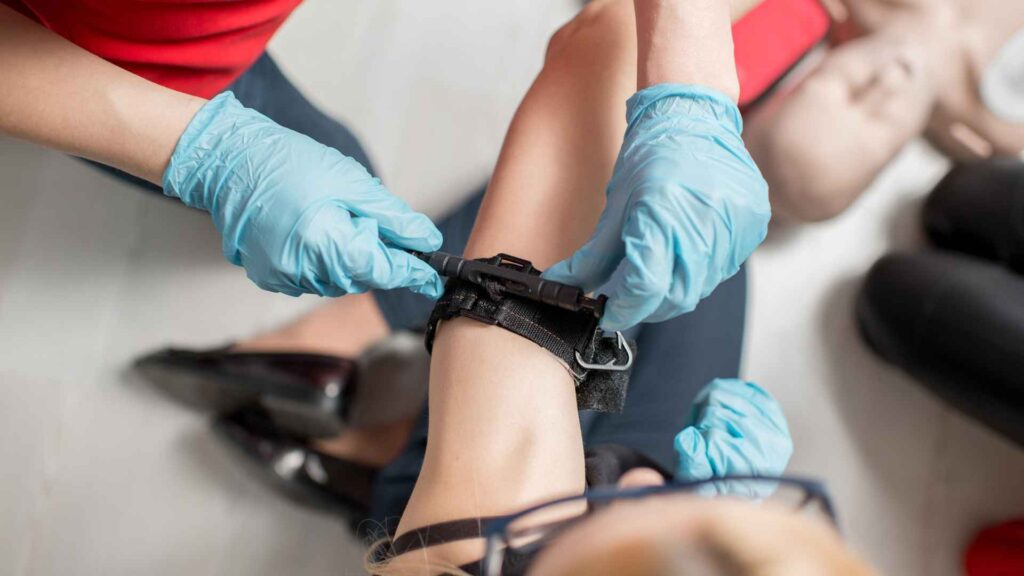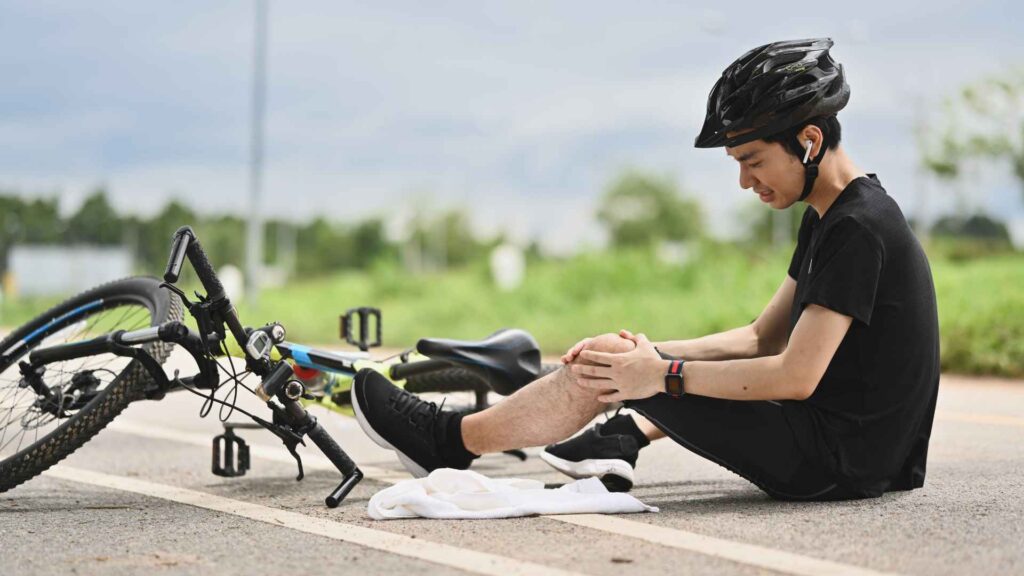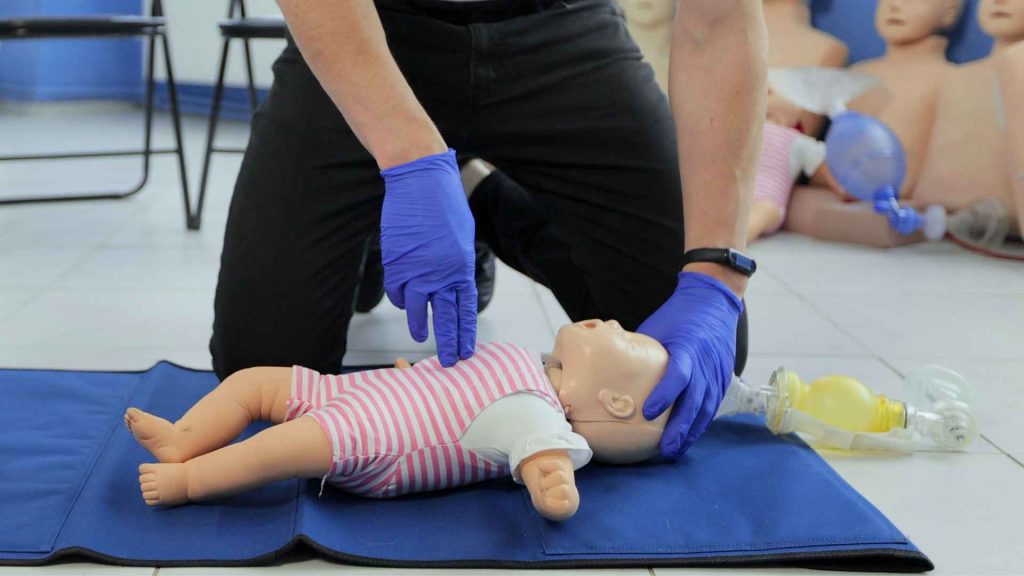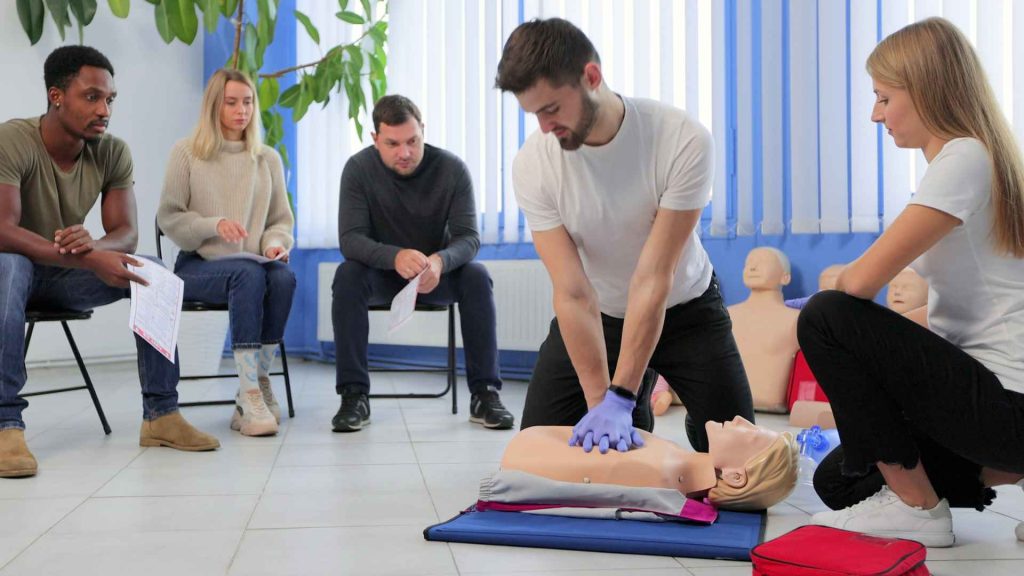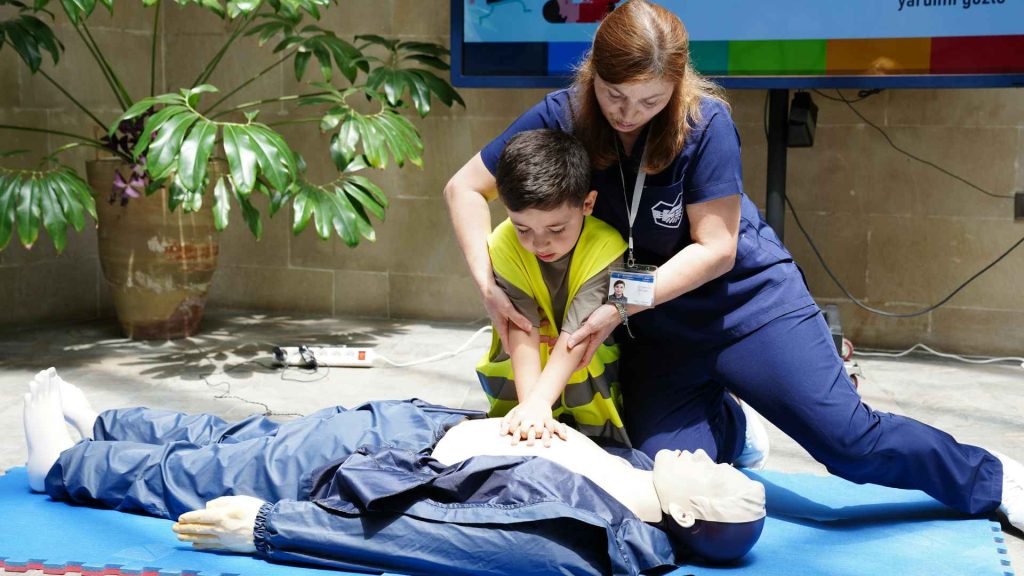When someone experiences sudden cardiac arrest, every second counts. An automated external defibrillator (AED) is a portable device designed to restore a normal heart rhythm quickly and effectively. Understanding how an AED works could help you save a life, whether at home, work, or in a public place.
What Is an AED?
Definition of an Automated External Defibrillator
An AED is a lightweight, portable device that analyzes the heart’s rhythm and delivers an electric shock if necessary. The shock helps the heart re-establish an effective rhythm after a sudden cardiac arrest.
Why AEDs Are Important in Cardiac Emergencies
Without immediate treatment, sudden cardiac arrest can be fatal within minutes. AEDs dramatically increase survival rates by providing quick access to defibrillation before emergency medical services arrive.
Register for First Aid & CPR Training
How Does an AED Work?
AEDs are designed to be user-friendly and straightforward, even for people with no medical background. Here’s how they work:
Step 1 – Turning on the AED
Open the device and press the power button. Most AEDs provide visual and voice prompts to guide you.
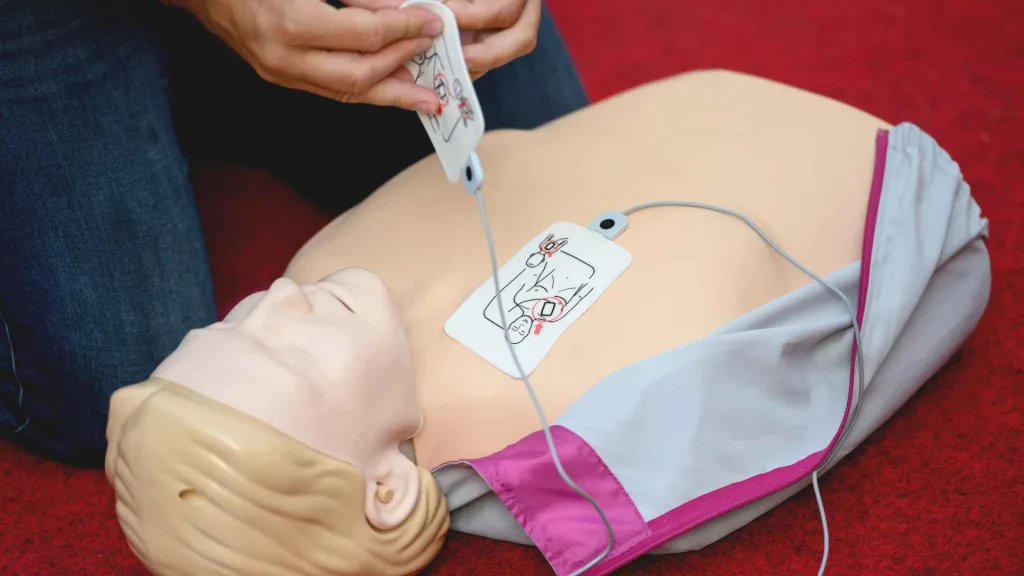
Step 2 – Attaching the AED Pads
Place the adhesive pads on the person’s bare chest as illustrated on the pads. Proper placement ensures accurate heart rhythm analysis.
Step 3 – Analyzing the Heart Rhythm
The AED automatically checks the heart’s rhythm to determine if a shock is needed. During this process, no one should touch the person.
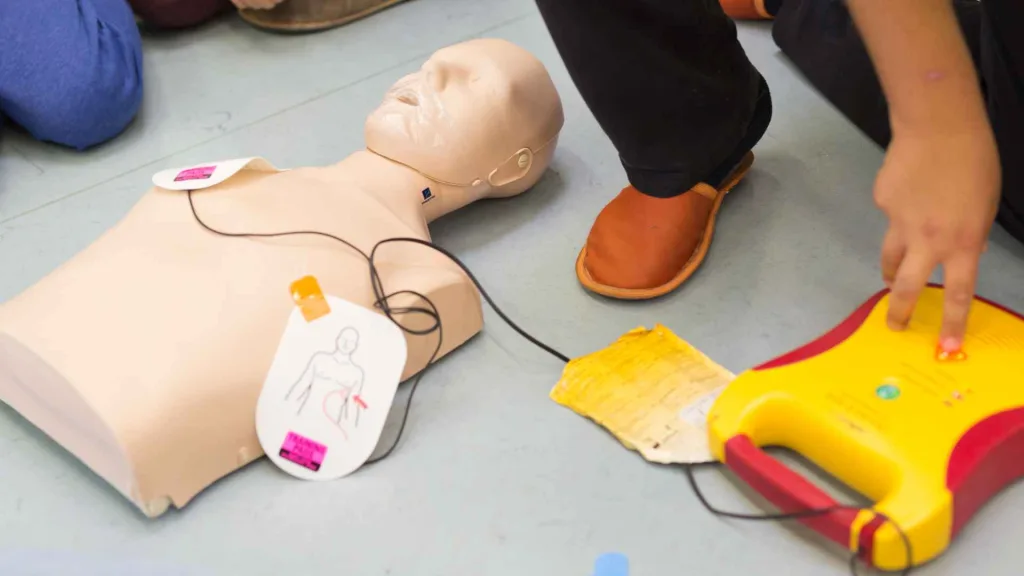
Step 4 – Delivering a Shock (if needed)
If the AED advises a shock, press the flashing shock button. The device delivers a controlled electrical current to reset the heart’s rhythm.
Step 5 – Following AED Prompts and Continuing CPR
After the shock, the AED will prompt you to continue CPR. It will re-analyze the heart rhythm every two minutes and guide you through further actions until help arrives.
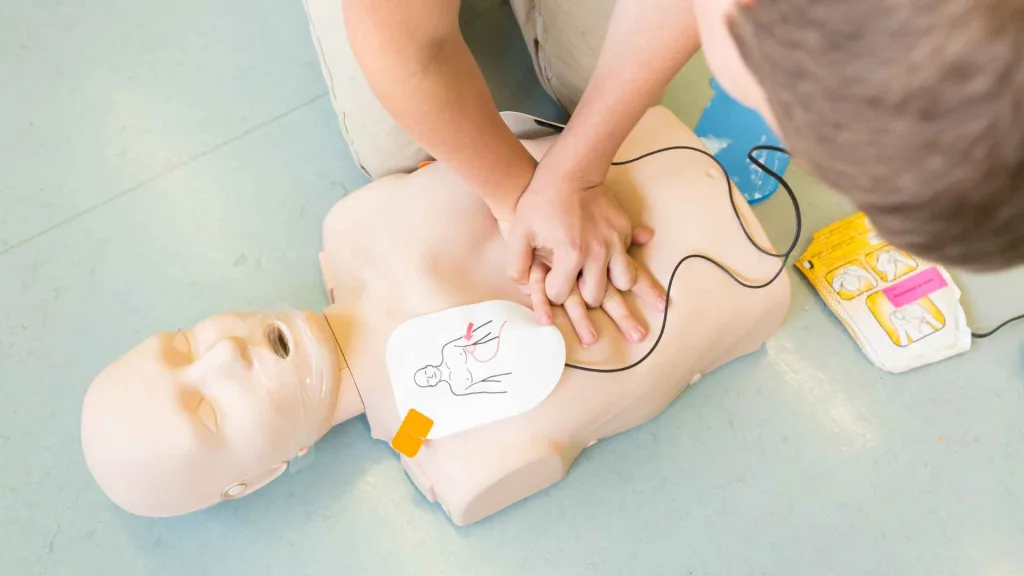
Who Can Use an AED?
AEDs for Trained vs. Untrained Responders
Although training is recommended, AEDs are specifically designed for use by anyone. Clear voice instructions and diagrams walk you through every step.
Legal Protection and Good Samaritan Laws in the U.S.
Most states have Good Samaritan laws that protect bystanders who use an AED in good faith during an emergency. This ensures that people feel safe helping without fear or legal consequences.
Where Should AEDs Be Placed?
AED Requirements for Businesses and Public Places
Some U.S. states require AEDs in workplaces, gyms, schools, and other public facilities. Even when not required, many businesses choose to install them as part of their safety programs.
Common Locations for AEDs (schools, gyms, offices, airports)
You’ll often find AEDs in:
- Airports and train stations
- Schools and universities
- Sports facilities and gyms
- Office buildings and factories
- Shopping malls and community centers
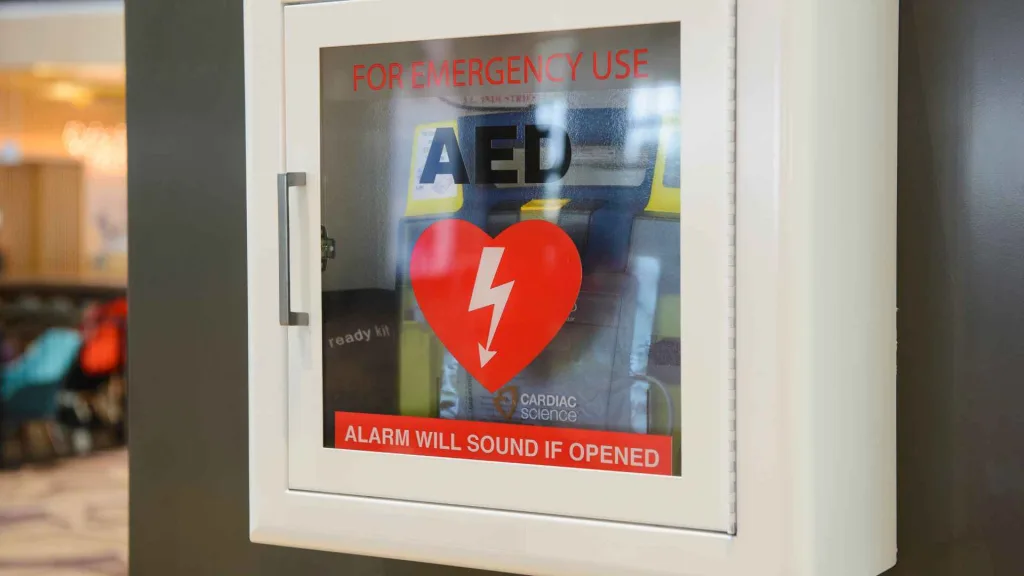
Benefits of AEDs in the Workplace and Community
Increasing Survival Rates
Immediate access to an AED can double or even triple survival rates from cardiac arrest. Having one nearby makes workplaces and communities significantly safer.
Building Safer Communities
By equipping public areas and businesses with AEDs, communities create a culture of preparedness and care, ensuring more lives are saved during emergencies.
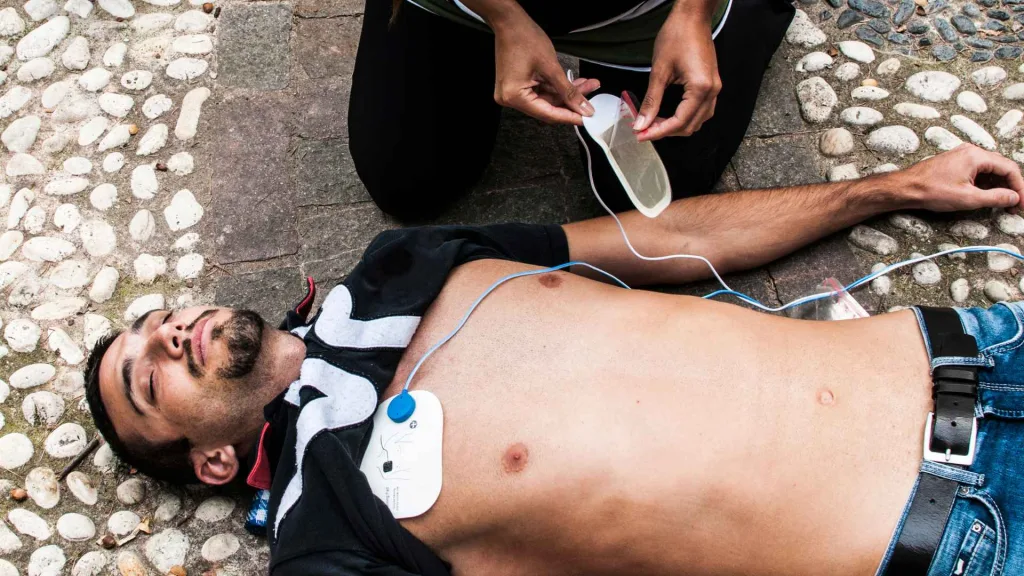
AED Training and Certification in the U.S.
Why Training Matters Even with an Easy-to-Use Device
While AEDs are straightforward to use, training helps people stay calm, act quickly, and use the device correctly under pressure.
How to Get AED and CPR Certified
First aid and CPR/AED certification courses teach you how to recognize emergencies, perform CPR, and operate an AED confidently. Many training providers across the U.S. offer flexible in-person and blended learning options.
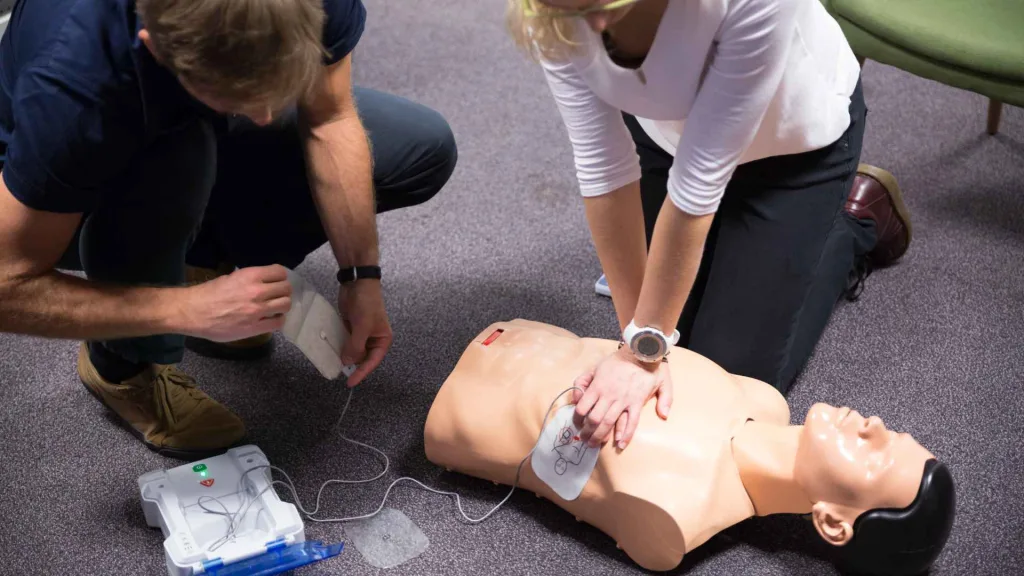
Final Thoughts: Why You Should Learn to Use an AED
AEDs save lives, but the device is only effective if people are ready to use it. By learning how an AED works and getting certified in CPR/AED, you can be prepared to act during critical moments. Join us in one of our first aid and CPR/AED training courses and gain the confidence you need to use an AED and save a life!





